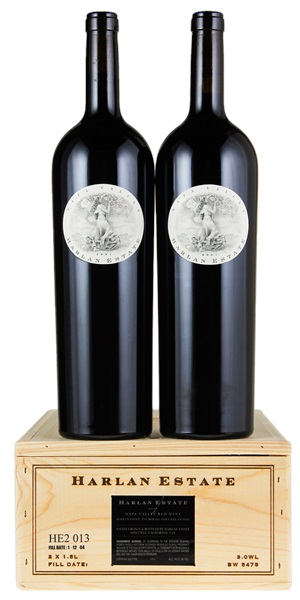Estimate

...Full-bodied, it possesses great intensity, with stunning flavors that are viscous enough to coat the mouth, but never become heavy or overbearing. The wine has a remarkable purity, concentration and intensity..
A tremendous Cabernet. Tightly wound, with a compact, dense, chewy core of currant, mineral, blackberry and cedary oak, all sharply focused, revealing extra flavor facets and a deep concentration, with hints of espresso and mocha.
Hugely sweet, fat and pliant, with solid structure currently covered by baby fat.